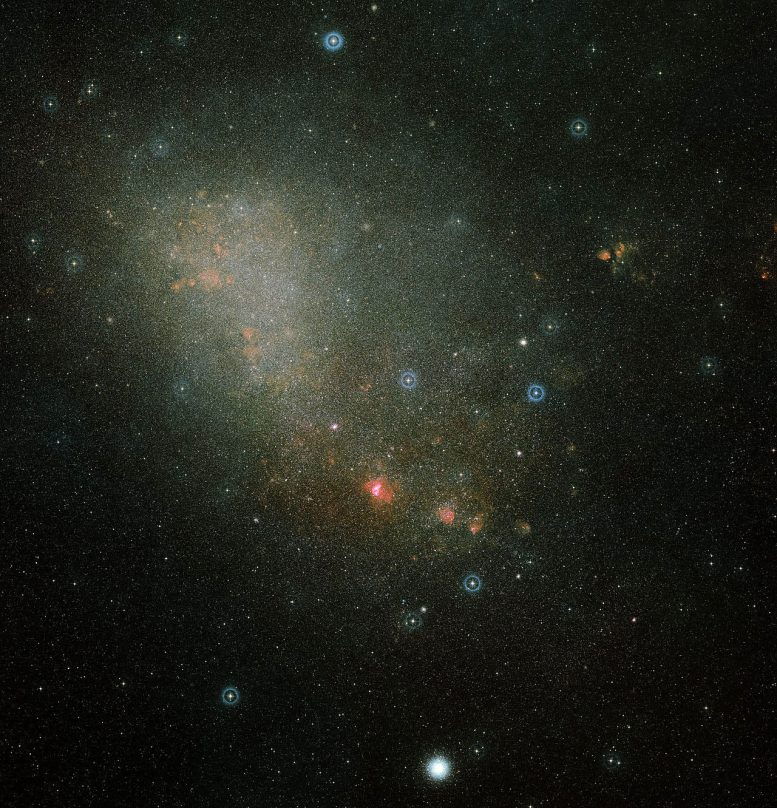
The Small Magellanic Cloud, a companion to the Milky Way galaxy and a member of our Local Group of galaxies. The field of view is slightly larger than 3.5 x 3.6 degrees.
Scientists from the Harvard-Smithsonian Center for Astrophysics have extrapolated the character of the current galaxies in the Local Group back to the cosmic Epoch of Re-ionization, revealing that even modest galaxies today were significant contributors to the reionization of the neutral gas at that time.
Most galaxies lie in clusters, groupings of several to many thousands of galaxies. Our Milky Way galaxy itself is a member of the “Local Group,” a band of about fifty galaxies whose other large member is the Andromeda Galaxy about 2.3 million light-years away. The closest large cluster of galaxies to us is the Virgo Cluster, about 50 million light-years away, with about 2000 members. Astronomers are peering back into cosmic history, examining distant galaxies and trying to reconstruct the evolution of the universe, but distant galaxies are faint and hard to detect. Analyzing the evolution of clusters of galaxies offers a way to overcome this limitation.
About 380,000 years after the Big Bang, the nuclei of hydrogen atoms combined with free electrons to form neutral gas, beginning the so-called Dark Ages (“dark” because cold neutral gas does not radiate much). About four hundred million years later this gas began to be re-ionized by ultraviolet radiation from a newly born cosmic denizen: stars. There is a major gap in our understanding of this period, however: There did not seem to have been enough bright galaxies and stars back then to have done the job, at least according to astronomers who model the epoch of re-ionization. They conclude that faint galaxies, those 100-1000 times below the detection limits of current observatories, must have been necessary contributors. NASA’s soon-to-be-launched James Webb Space Telescope (JWST) has as one of its primary goals the detection of these hypothesized, faint galaxies.
CfA astronomers Benjamin Johnson and Charlie Conroy and their collaborators argue that even JWST is unlikely to detect the faintest and most numerous of these sources. Instead, they propose an alternative way to solve the problem of the missing ultraviolet: they use the Local Group of galaxies to learn about the faintest galaxies at the epoch of reionization. The scientists applied models of stellar evolution to extrapolate the current galaxies’ properties back to the epoch of re-ionization from its end time about one billion years after the Big Bang to times a few hundred million years earlier. The astronomers were able to show that many of the faintest galaxies in the Local Group today were at one time nearly as bright as the most distant galaxies currently being detected, and that the Milky Way’s two major dwarf galaxy companions, the Large and Small Magellanic Clouds, were also substantially more luminous back then. The team reports that even the small irregular galaxies in the Local Group must have been significant contributors to cosmic re-ionization back then, although even so they were so faint that JWST would not be able to see them.
Reference: “The Local Group as a time machine: studying the high-redshift Universe with nearby galaxies” by Michael Boylan-Kolchin, Daniel R. Weisz, Benjamin D. Johnson, James S. Bullock, Charlie Conroy and Alex Fitts, 25 August 2015, MNRAS.
DOI: 10.1093/mnras/stv1736
arXiv: 1504.06621

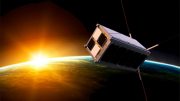
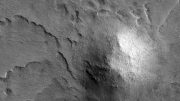

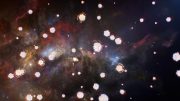


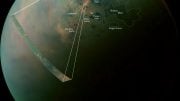

Be the first to comment on "The Local Group as a Time Machine: Studying the High-Redshift Universe with Nearby Galaxies"